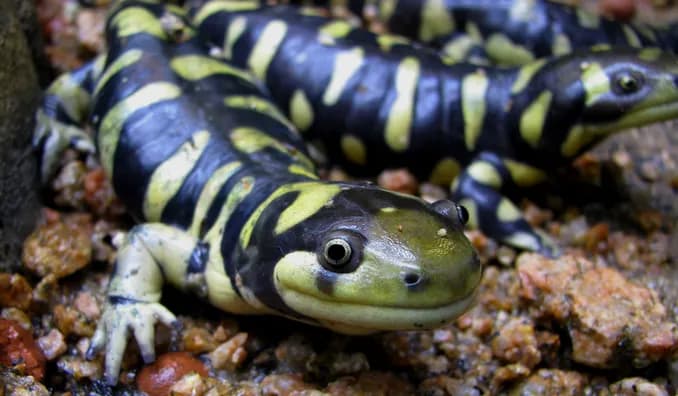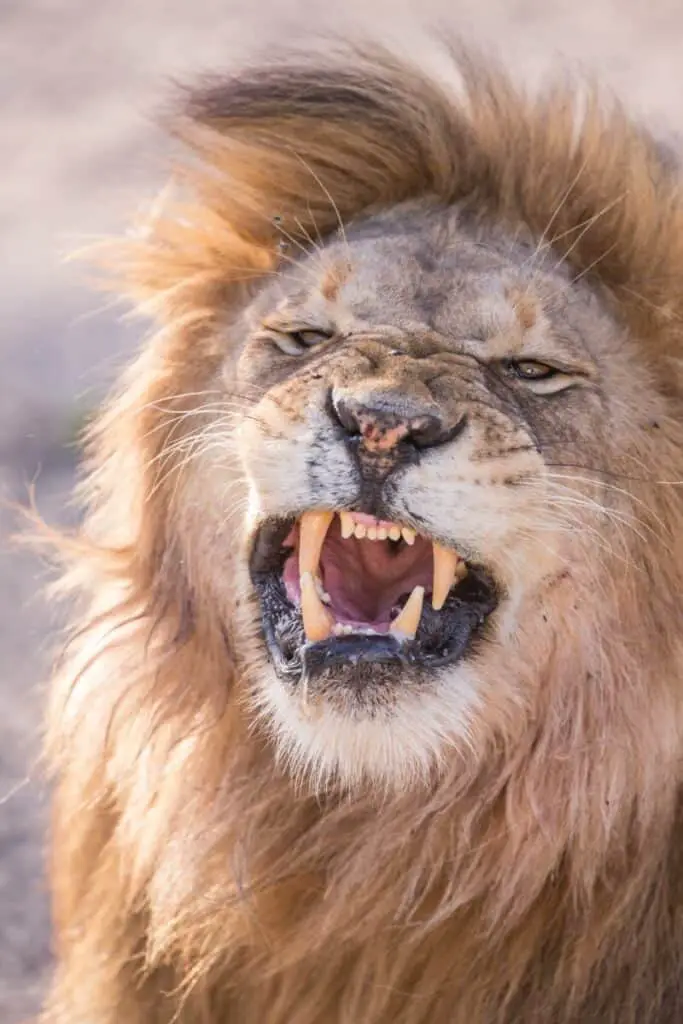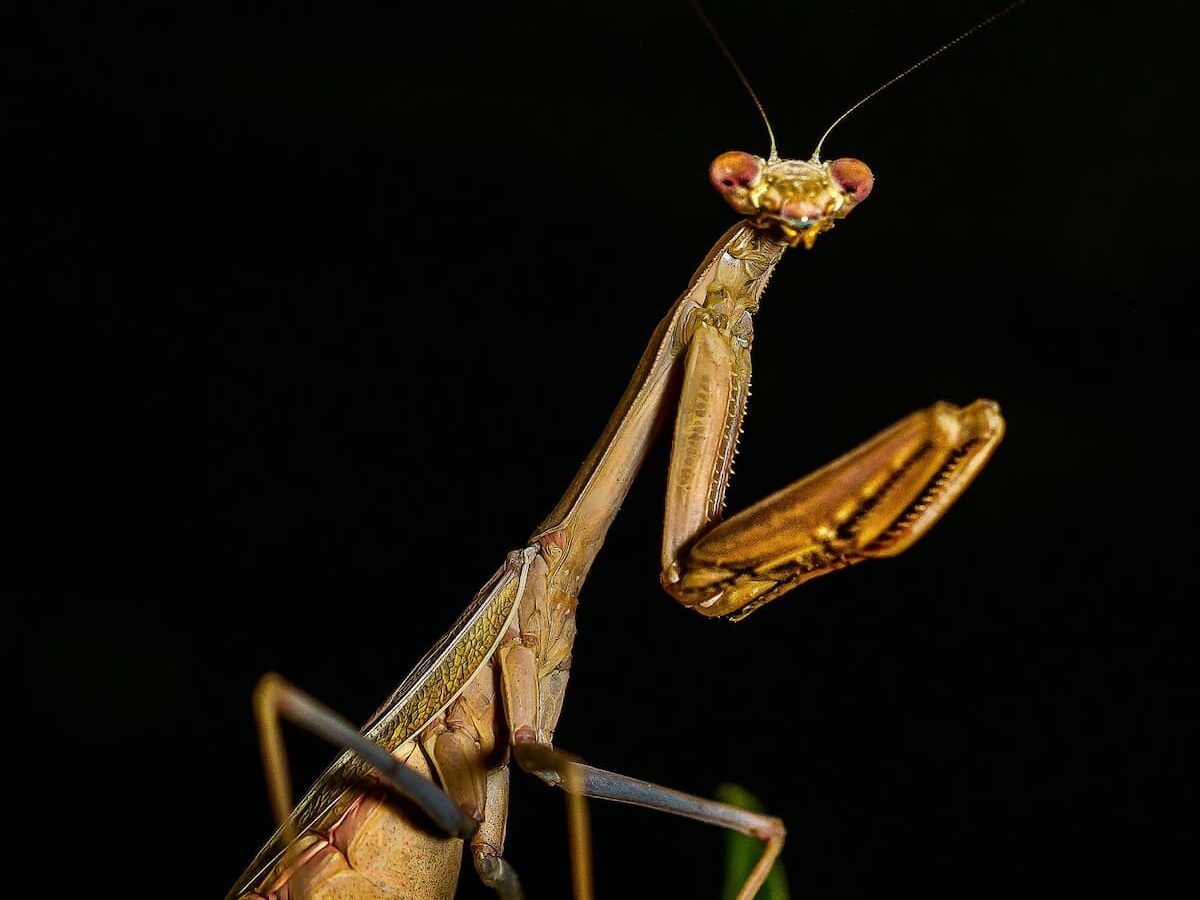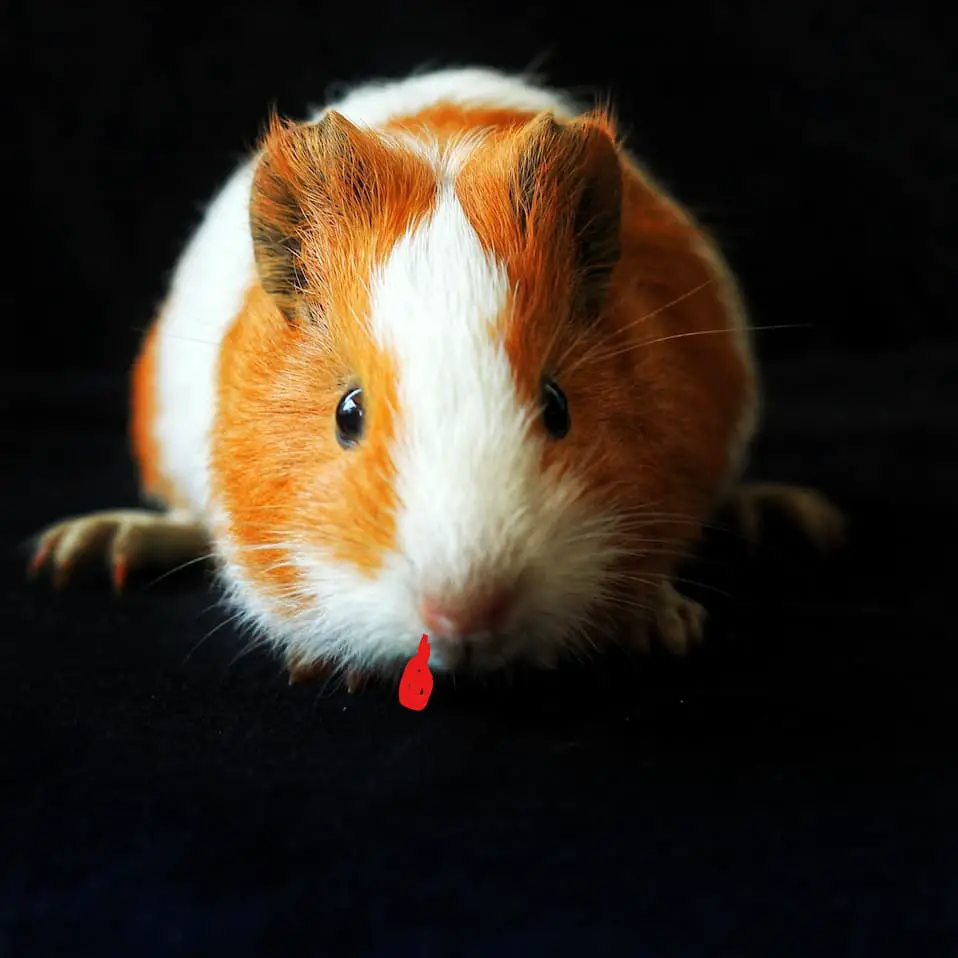Contrary to popular belief, cannibalism—the act of eating members of one’s own species—occurs frequently in the natural world. For examples of animals that prey on their own kind, continue reading.
Why do Animals Become Cannibals?
In his book, Cannibalism: A Perfectly Natural History, Bill Schutt demonstrates how lowering competition, eliminating the weak, and strengthening the strong may all help a species survive.
More than 1,500 species of animals have been recorded to engage in cannibalism, which is more widespread than you would think.
Cannibalism controls population size by reducing potential competition for resources like food, shelter, and territory. Although it may be advantageous to the individual, cannibalism that is out of control has been shown to lower the expected survival rate of the entire population. It also increases the risk of consuming a relative (which might be okay unless your numbers are already very low to begin with).
Other detrimental effects may include an increased risk of pathogen transmission as the encounter rate of hosts increases.
Cannibalistic Hamsters: Cute Little Killers!
Cannibalism among hamsters sheds a whole new light on these cute and cuddly-looking creatures.
Hamsters can become cannibals if they don’t have sufficient resources or their diets lack certain vitamins. (Who knew that vitamins could prevent cannibalism!?)
Lack of Sufficient Resources
A mother hamster will make every effort to care for her entire litter. However, if she recognises that food resources or space are insufficient, she may decide to kill some of her young.
She won’t just randomly kill the poor little guys. Instead, she will keep an eye out for the weak ones and devour them to help the strong ones survive on the little nutrients that are available.
If the mother is starving and there’s no food to be found, she can devour her entire litter if that’s what it takes to survive.
Diet-related Issues: Lack of Vitamins
In recent years, hamsters in France have become killers! The cause? A corn-rich diet!
In one recent experiment (Tissier et al 2021), researchers found that corn-fed hamsters had thick blood and dark, swollen tongues. Whenever scientists entered the room, the hamsters would circle incessantly and pound on their feeders. (Sounds like something straight out of a Stephen King novel.)
The researchers began to suspect Vitamin B3 deficiency. Without making any further changes to the hamsters’ diet, they provided Vitamin B3 tablets.
The frenetic and cannibalistic behavior stopped.
The researchers concluded that high corn consumption drastically reduces hamster reproduction by 95% due to a severe lack of vitamin B3 (niacin) and its precursor, tryptophan, which results in maternal infanticides.
(Something to remember – you need more than corn tortillas for your pet hamster.)
Tiger Salamander: Tasty Is His Name
The Tiger Salamander gets its name from its black body with yellow dots or stripes. (Tasty would be a good nickname if you ask me).

Photo by Carla Isabel Ribeiro via Wikimedia
Tigers are one of North America’s biggest terrestrial salamanders and can reach a length of six to eight inches. They are relatively long-lived with a lifespan of about 12 to 15 years.
Despite being an amphibian, this critter normally likes grassland and forest settings. These salamanders live almost entirely on land as adults and only go back to the water to reproduce.
Since they spend most of their time underground in burrows, they are elusive creatures and rarely seen in the wild.
Tiger salamanders mostly eat small insects, snails, slugs, frogs, and worms, but they are also well-known cannibals.
There are always morphological changes prior to cannibalism, including larger heads and larger teeth.
The cannibal morphs have larger heads, mouths that are much wider, and protruding lower jaws. When compared to a typical tiger salamander, their teeth can be up to three times longer.
According to research, cannibal variants emerge in salamander larvae that are overcrowded and unrelated to one another. According to experiments, meals consisting of fellow salamanders can be highly nutritious.
Lions: A Matter of Pride
The life of a lion king is not as rosy as it may first appear. It boils down to a life of fighting; either in defense of their territory and their pride or in offensive attacks to take over a pride.

Photo by Jean Wimmerlin CC
Young and healthy adult male lions are constantly seeking to take control of a pride of females. Any male that manages to seize control of a pride will usually kill all the lion cubs already living in the pride.
The new males put an end to the mother’s interest in unrelated cubs by engaging in infanticide.
A lioness with cubs won’t go into heat for a year and a half after giving birth, however, a lioness who loses her cubs becomes sexually responsive almost immediately. This makes it possible for the lion king to mate with her as soon as feasible.
In essence, this ensures that all cubs within a pride carry the genes of the pride male.
The cannibalism part comes in when male lions consume the cubs they’ve killed.
Male lions who have taken control of a pride are plainly using heterocannibalism as a reproductive tactic by devouring the cubs that another male sired.
Bears: Males Can Be Bothersome
Males of most species of bear in North America will generally murder and consume cubs anytime they can get their paws on them.
Since female polar bears – like lions – enter oestrus more rapidly if their cubs have been killed, researchers hypothesize that infanticide during the breeding season may offer males a reproductive chance as well as a food benefit.
As a result, cannibalism has been and still is one of the major causes of bear cub death, especially right after the cubs leave the maternity den.
One of the main reasons mother bears are so protective of their cubs is the threat posed by adult males, which also explains why females give males such a wide space when choosing den sites.
Birds: Chickens and Crows
Chickens eat a variety of strange things, even their own relatives.
When chickens are kept in close quarters in captivity, they are more likely to engage in cannibalism because they confuse pecking at their siblings for normal food seeking. It has also been said that certain laying chickens may have a greater need for protein and manage to get by with a ‘little help’ from their friends!
Nothing to Crow About!
Here’s another bird that will eat its own kind – the crow.
It’s not attractive, but it works: To secure his own successful breeding, a crow will occasionally consume the eggs and chicks of his rivals.
Praying mantis: Males do Most of the Praying
The praying mantis is possibly the most well-known cannibal in nature.

After mating, the female devours her partner right away.
In fact, research has shown that a female mantis’s paramours make up more than 63 percent of her diet.
Rats and Mice: Gotta Eat Something, You Know!
When the number of rats and mice increases quickly, there is less food for everyone. And when this occurs, the stressed-out and hungry survivors occasionally kill and eat their young.
The fact that the mother rat often does the eating makes rat cannibalism particularly interesting. The mother of a sick or malformed baby rat might eat it because she knows it won’t live and it would provide her energy after giving birth.
Butterflies: Grub for a Grub
Monarch and queen butterflies are less than lovely caterpillars that frequently eat the eggs of their own species before they develop into beautiful, winged creatures.
Hey, they need the calories since the transformation from a wormy-looking grub to a pretty butterfly requires a lot of energy!
Baboons
The males of various species of primates engage in infanticide. Bands of male primates will attack a rival group and drive any males away.
Baboons are known to kill and eat their young. Just like lions, they will murder the young to mate with the females.
Spiders
Keep an eye out if you plan to go on a date with a black widow spider in the near future. These and other female arachnids have been observed eating and killing their partners before, during, or after sex.
Why you ask? There are several explanations for why the female does this, including feeding herself or it being a biological habit.
Hippopotamus: Super Size This One!
One of the world’s largest mammals, hippopotamuses can reach lengths of 11 feet and heights of almost 5 feet. Although hippos typically consume grass, there have been instances where they have turned to cannibalism when facing starvation.
That’s a substantial lunch when you consider that the typical male hippo weighs between 3,500 and 9,920 pounds.
Ever wondered why hippos are among the most dangerous animals in the world? Read my article Why are Hippos Aggressive? (Why Do Hippos Kill People?)
References
Cannibalism: A Perfectly Natural History – by Bill Schutt
Tissier, Mathilde Louise, Florian Kletty, Jean-Patrice Robin, and Caroline Habold. 2021. “Sustainable Agriculture: Nutritional Benefits of Wheat–Soybean and Maize–Sunflower Associations for Hibernation and Reproduction of Endangered Common Hamsters” Sustainability 13, no. 24: 13521. https://doi.org/10.3390/su132413521
See Our TOP Articles for Even More Fascinating Creatures
- Why Are Male Birds More Colorful? Ins and Outs of Sexual Selection Made Easy!
- Why is the Cassowary the Most Dangerous Bird in the World? 10 Facts
- Why are Animals of the Galapagos Islands Unique?
- How do Octopus Reproduce? (Cannibalistic Sex, Detachable Member)
- How Smart are Octopuses? Are Octopuses As Intelligent as Dogs?
- How do Electric Eels Shock Their Prey? Can an Electric Eel Kill You?
- Do Jellyfish have Brains? How Can they Hunt without Brains?
- Why are Deep Sea Fish So Weird and Ugly? Warning: Scary Pictures!
- Are Komodo Dragons Dangerous? Where Can you See Them?
- Koala Brains – Why Being Dumb Can Be Smart (Natural Selection)
- Why do Lions Have Manes? (Do Dark Manes Mean More Sex?)
- How Do Lions Communicate? (Why Do Lions Roar?)
- How Dangerous are Stonefish? Can You Die if You Step on One?
- What Do Animals Do When They Hibernate? How do they Survive?
- Leaf Cutter Ants – Surprising Facts and Adaptations; Pictures and Videos
- Irukandji Jellyfish Facts and Adaptations; Can They Kill You? Are they spreading?
- How to See MORE Wildlife in the Amazon: 10 Practical Tips
- Is it Safe to go on Safari with Africa’s Top Predators and Most Dangerous Animals?
- What to Do if You Encounter a Bullet Ant? World’s Most Painful Stinging Insect!
- How Do Anglerfish Mate? Endless Sex or Die Trying!
- How Smart are Crocodiles? Can They Cooperate, Communicate…Use Tools?
- How Can We Save Our Oceans? With Marine Sanctuaries!
- How Do African Elephants Create Their Own Habitat?
- What is Killing Our Resident Orcas? Endangered Killer Whales
- Where Can You See Wild Lemurs in Madagascar? One of the Best Places
- Where Can You see Lyrebirds in the Wild? the Blue Mountains, Australia
- Keeping Mason Bees as Pets
- Why do Flamingos have Bent Beaks and Feed Upside Down?
- Why are Hippos Dangerous? (Do They Attack People?)


